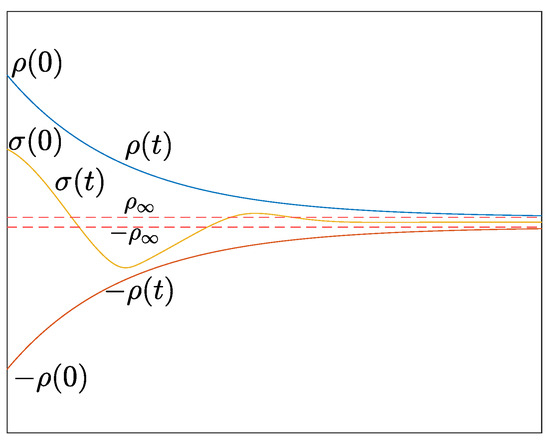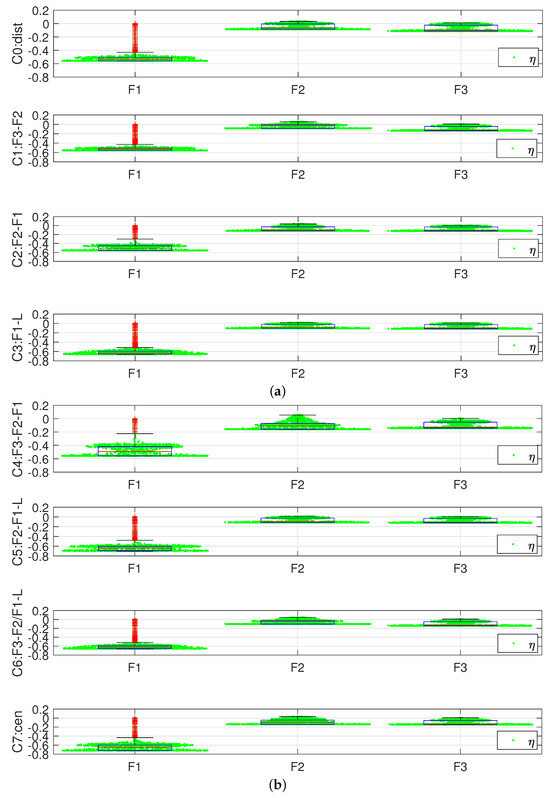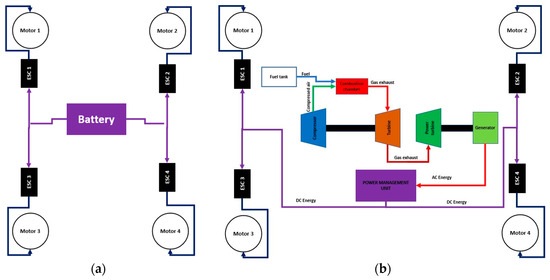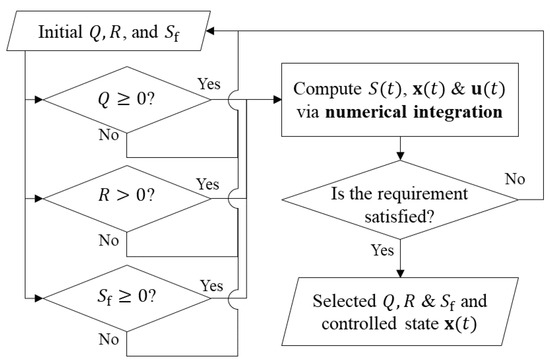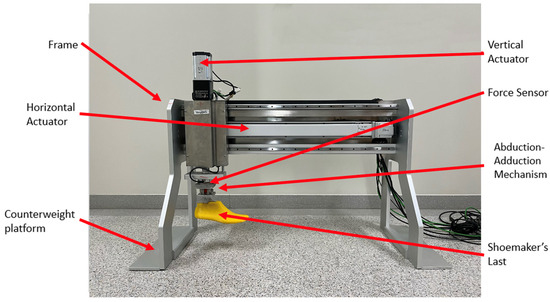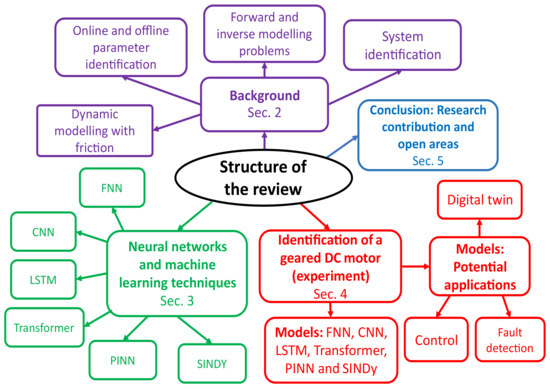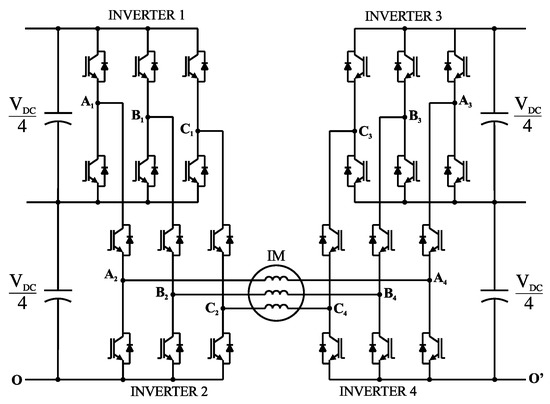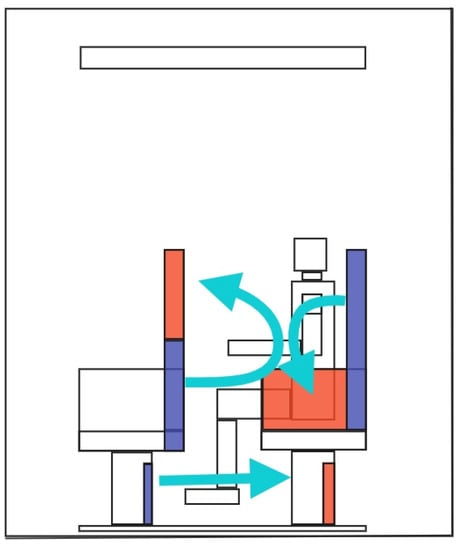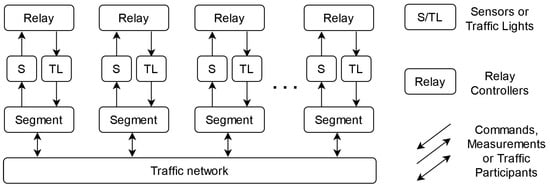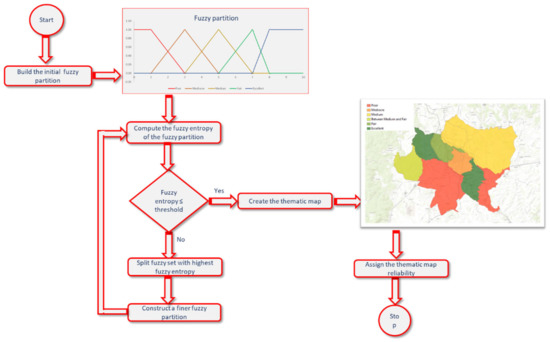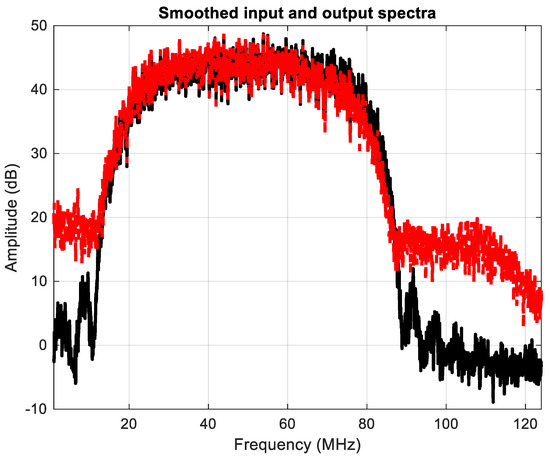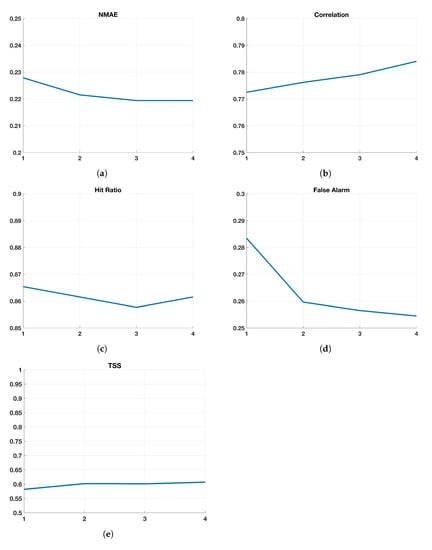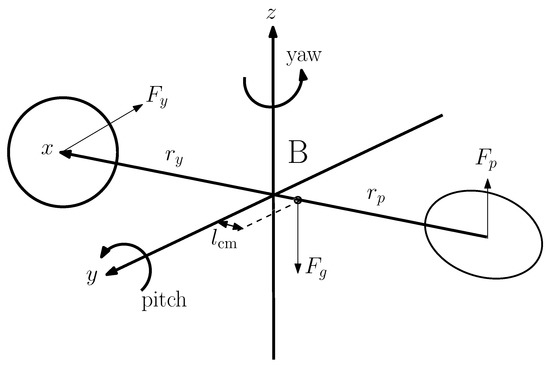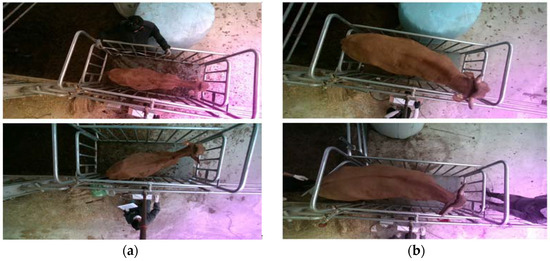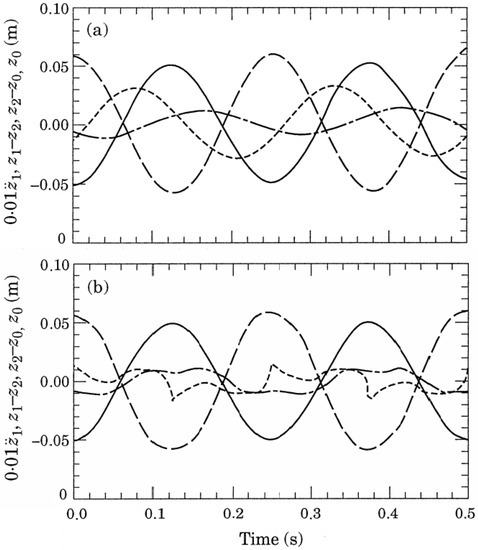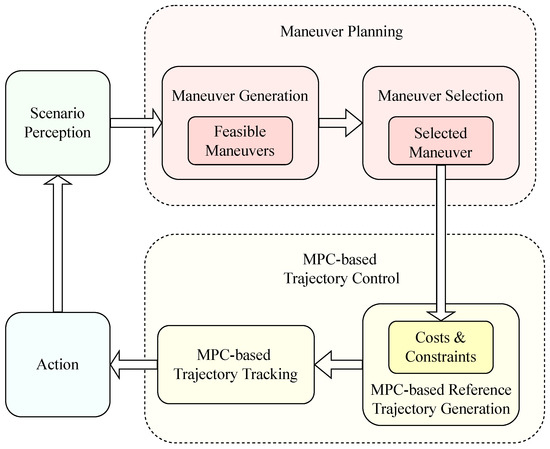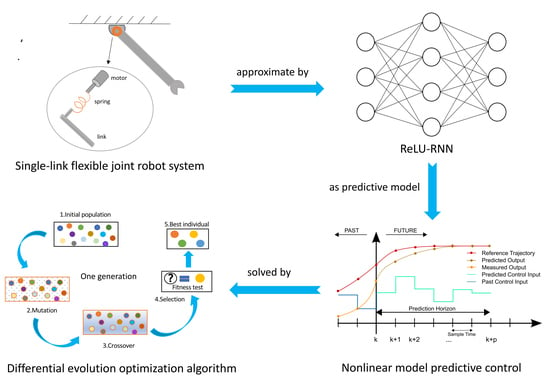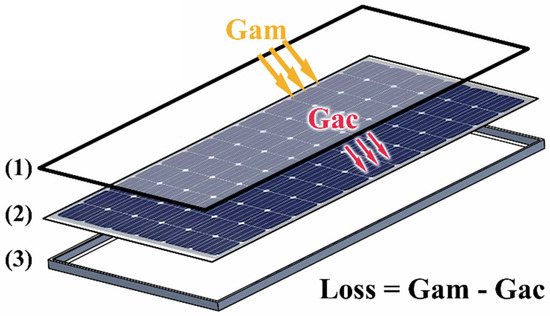<p>Our framework incorporates several LLMs to generate and refine drone waypoints based on user commands.</p> Full article ">Figure 2
<p>Illustrative diagram of the components of the high-level planner system, showing the role of each LLM agent type, their inputs, and outputs. (<b>a</b>) Instructor agent. (<b>b</b>) Generator agent. (<b>c</b>) Critic agents. (<b>d</b>) Aggregator agent.</p> Full article ">Figure 3
<p>The overall trajectory is divided into individual waypoints for each drone. The waypoints, combined with each drone’s real-time observations, are then processed by the dedicated low-level policy for that UAV. The process generates the specific actions required to guide the drone’s movement.</p> Full article ">Figure 4
<p>Sample Star generated based on Gemini.</p> Full article ">Figure 5
<p>Sample Star generated based on GeminiFlash.</p> Full article ">Figure 6
<p>Sample Star generated based on GPT-4o.</p> Full article ">Figure 7
<p>Successful 5-petal flower trajectory generated by the Gemini model.</p> Full article ">Figure 8
<p>Common failure mode of the Gemini model for petal flower geometries.</p> Full article ">Figure 9
<p>A thousand drones successfully form parallel lines generated by Gemini.</p> Full article ">Figure 10
<p>One hundred drones successfully form a spiral generated by Gemini.</p> Full article ">Figure 11
<p>A thousand drones unsuccessfully form a dragon generated by Gemini.</p> Full article ">



